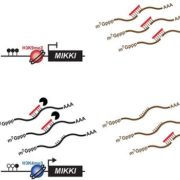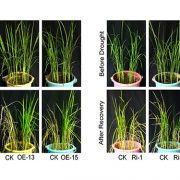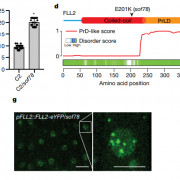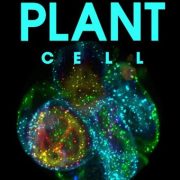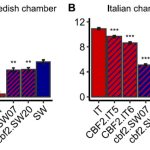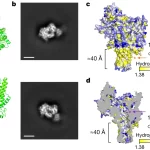From friend to threat: the mutualist-pathogen transition of plant-fungal interaction is determined by a small gene cluster
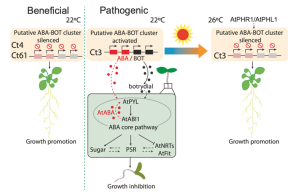 The infection modes of microbes in hosts can be reversible and can range from pathogenic to mutualistic, depending on the environmental conditions. The plant-associated fungus Colletotrichum tofieldiae (Ct) has been shown to promote primary root growth and increase shoot fresh weight of Arabidopsis in phosphate deficit conditions. However, Hiruma et al. identified a strain, Ct3, that acts as a plant pathogen. RNA-seq analysis in Arabidopsis revealed that during the Ct3 pathogenesis, plant ABA-responsive genes and phosphate starvation response (PSR) genes are up-regulated. This suggests that Ct3 represses plant growth by activating the ABA signaling pathway. Further RNA-seq analysis in C. tofieldiae identified a cluster of genes responsible for biosynthesis of ABA and the phytotoxic metabolite botrydial (BOT) in Ct3, which are co-activated during root colonization. Disruption of ABA/BOT biosynthesis genes in Ct3, for example at high temperature, causes the transition of infection mode of Ct3 from pathogenic to beneficial and allows plant growth under low Pi conditions. These results are summarized in their model; unlike the beneficial strains Ct4/Ct61, the ABA/BOT genes in Ct3 are activated during root colonization to produce ABA or related metabolites, which activates the ABA signaling pathway in the host to repress the nutrient acquisition and inhibit plant growth. (Summary by Diwen Wang @Diwen_w) Nature Comms. 10.1038/s41467-023-40867-w
The infection modes of microbes in hosts can be reversible and can range from pathogenic to mutualistic, depending on the environmental conditions. The plant-associated fungus Colletotrichum tofieldiae (Ct) has been shown to promote primary root growth and increase shoot fresh weight of Arabidopsis in phosphate deficit conditions. However, Hiruma et al. identified a strain, Ct3, that acts as a plant pathogen. RNA-seq analysis in Arabidopsis revealed that during the Ct3 pathogenesis, plant ABA-responsive genes and phosphate starvation response (PSR) genes are up-regulated. This suggests that Ct3 represses plant growth by activating the ABA signaling pathway. Further RNA-seq analysis in C. tofieldiae identified a cluster of genes responsible for biosynthesis of ABA and the phytotoxic metabolite botrydial (BOT) in Ct3, which are co-activated during root colonization. Disruption of ABA/BOT biosynthesis genes in Ct3, for example at high temperature, causes the transition of infection mode of Ct3 from pathogenic to beneficial and allows plant growth under low Pi conditions. These results are summarized in their model; unlike the beneficial strains Ct4/Ct61, the ABA/BOT genes in Ct3 are activated during root colonization to produce ABA or related metabolites, which activates the ABA signaling pathway in the host to repress the nutrient acquisition and inhibit plant growth. (Summary by Diwen Wang @Diwen_w) Nature Comms. 10.1038/s41467-023-40867-w


